How to Accelerate Leads and Automate Referrals with ContractorFlow®
How to Accelerate Leads and Automate Referrals with ContractorFlow and GTR
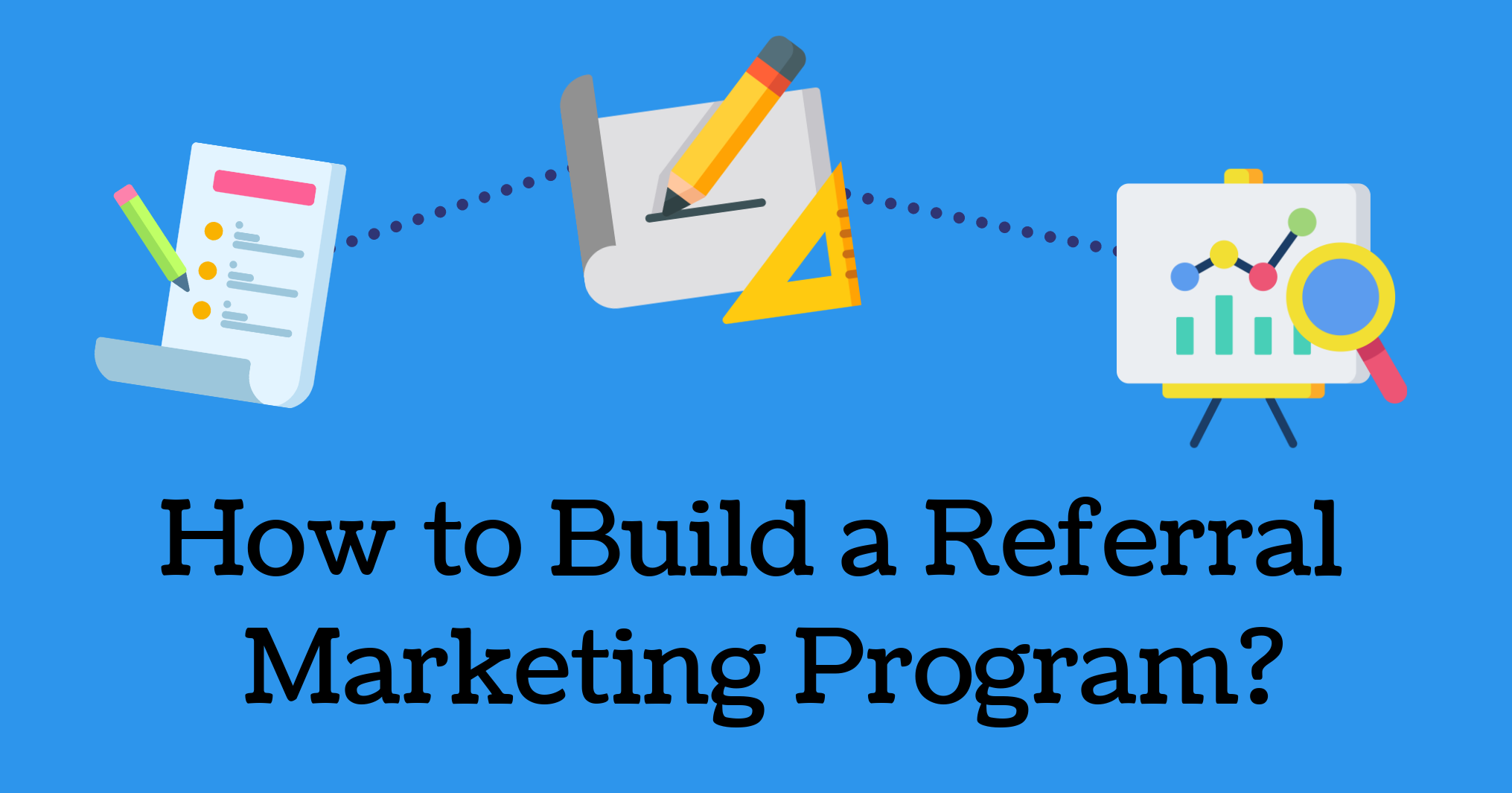
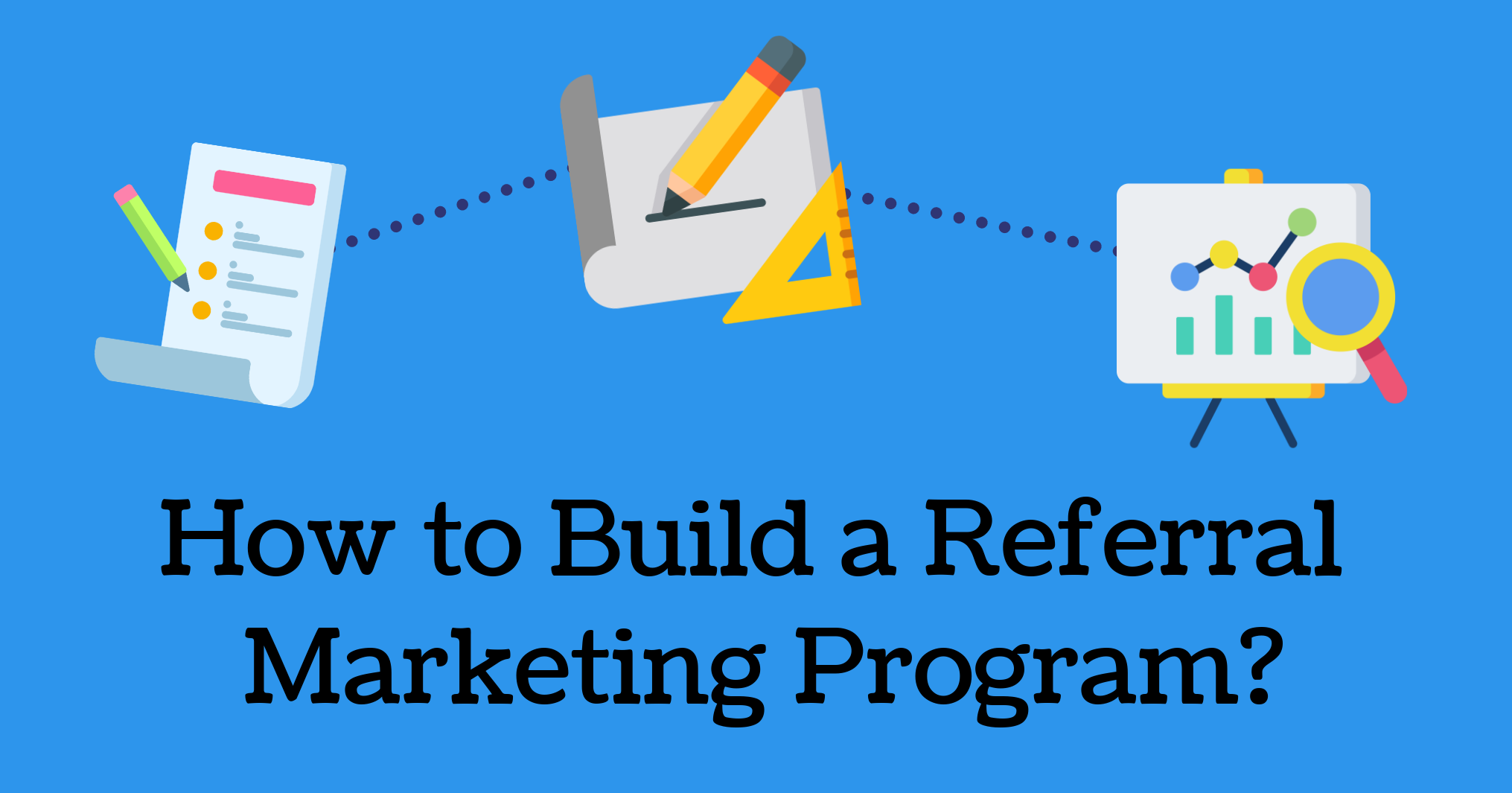
If you're looking to grow your business, retain the customers you already have, and reach your revenue goals. For that, you need to build a plan and operate with consistency, effectiveness, and patience.
To be simple, a referral is the organic promotion of your business through the people who love your brand. Those people support your business and promote your services or products to new customers because they feel good and happy about it.
Referrals are important for businesses of all sizes and in all industries, so you need to build a program that provides you with a steady stream of new customers.
It is an organized process in which your advocates (people who refer your company to others) will refer their friends and family and be rewarded for spreading the word. It will bring new sales to the company and consolidate your relationship with these customers.
The most powerful than most marketing tactics is the element of trust. People trust people more than anything else when deciding about a purchase. In fact, a Nielsen study shows that 92% of people interviewed trust recommendations from family and friends more than any other form of marketing.
Besides, referrals are “hot” leads (leads more likely to buy). Leads generated through referrals are people who want what you’re selling. That makes it a much easier sell.
A referral is also highly valuable because it doesn’t cost you much to acquire them. The exact value of a referral varies across different businesses, but it’s roughly the lifetime value (LTV) of a typical customer, plus the typical cost of customer acquisition (CAC), which you can use to gain additional new customers.
Get loyal customers at a very low price.
Follow those steps and build a solid plan, with an easy-to-use platform.
The first thing is to know your business image and situation in the market and what you want to achieve.
Ask yourself:
1. How is my business running today?
2. How my customers value my product and my customer service?
3. Are customers already referring me to friends and family?
You also need to find out how many referrals and where referrals have been coming to your business. Involve marketing, sales, customer support and ask how they’ve been traditionally dealing with referrals. Check how they collect, track and reward those contacts.
The second component of the business situation analysis is to check if your product/service is worth referring. Find out if you are providing customers with a great product/service and making them happy enough to advocate for you. You can this by:
1. Check your Net Promoter Score (NPS): you can create a quick survey and send to all your customers asking if they would recommend your company.
2. Look for organic referrals happening on social media and other platforms.
3. Check if any of your existing customers ask you about your non-existent program.
The third thing is to make sure your customers will be happy to buy from your company/ work with your company, so they can refer you. You can assure this by:
If you don’t have a product or service you know your customers love, focus on that. If you’re pushing a referral that benefits you, rather than the new customers that will introduce to your offering, it won’t get you very far.
While you’re nailing down your offering, make sure your customer service is top-notch. Customers make purchases and expect to get a specific value from that purchase. They ultimately value companies by how well the product they get matches their expectations. By making them feel you exceeded their expectations, it’s possible to create a better experience for the customer. Satisfied customers are more likely to advocate for the company.
Also, make sure you’re ready to care for your incoming referrals before you even think about expanding this way. If your systems and workflows aren’t ready and the incoming leads have a bad experience, that will most definitely have a negative impact on your reputation.
To make it effective, it has to have a goal.
What’s an existing customer worth? Compared to time spent monitoring and managing existing programs, how many referrals do you need to break even? A 10% conversion rate for referrals is, on average, a good starting point, but depending on your business referrals can convert up to 70%.
Read more about: "How to Grow Your Business from Referrals?"
Referral sources are also called advocates and they are any person who elevates your brand through word-of-mouth. They share about your company to their networks in conversations, social media, email, text, etc.
Begin listing them out: this should include your personal friends and family, your company’s employees, your business partners, influencers, industry leaders, past and current customers and also your prospects. This will give you a solid footing to start out with.
One of the easiest ways to get a customer to refer you is to get their attention. That’s why headlines matter. If you haven’t picked this up yet, the headline is what will draw your participants in.
A good headline should provide the gist of the program within a single sentence. You should also contain what the program is about, the benefits of joining and how they can start sending you referrals and get rewards for that.
The approach plan is how you are reaching, informing and promoting your program.
1. Who will ask for the referrals?
2. When will you ask for referrals?
3. How are you educating your advocates to bring referrals?
4. Where are you promoting?
Depending on the size of your company, you may need to work with sales, marketing, and customer support to make sure you have a complete approach. Also, work to make your advocated understand how your company is unique and how your products and services make a difference to your ideal clients.
A successful referral program must be easy to use. If it is buried deep inside your website, Advocates won’t be able to find it. You need to create a process that makes it easy for customers to take part, and a great solution would be a referral App.
Referral apps can serve many functions: besides submitting referrals, companies can send messages, emails, show new offers and promotions, etc. The biggest benefit of a referral app is to provide customers with the right process at their fingertips. And with push notifications, companies can get even closer to direct interaction.
Besides, the best way to reach out and keep in touch with your customers is through a referral app and there are two main reasons for that: In the U.S., 77% of adults own a smartphone. People who own smartphones spend over 80% of their time using apps as opposed to internet browsers (Source: Flurry).
Your business can benefit from having a customer referral app since it will increase their time connecting with your brand, consequently increasing the chances for referrals.
Second way to help your Advocates to send referrals is using a web version of the app (a landing page on your company’s website). Remember to promote your program by featuring it prominently on your website with a referral landing page, this way customers who are not familiar with downloading apps will have the chance to make it through their computer or iPads.
Social Media: Everyone (OK, almost everyone) uses social media. People are on Facebook, LinkedIn, YouTube, Twitter, and the list is endless. We ‘Friend’ and ‘Follow’ people we know and even people we don’t; and share as much about our lives as we can.
So, it makes sense to encourage our customers to share things about their purchase experience, besides being an effective business tool: 55% of consumers report buying products online after stumbling across them on social media.
Give the customers the opportunity to write a positive review about their experience and share it on social media, all within the app. They should also be able to share a referral link with their network and amplify beyond limits their reach.
Email Campaign: promote your program by emailing all your advocates. If a past customer is not in frequent contact with you anymore, it doesn’t mean he/she can’t be a potential advocate for your brand. You can get past customers engaged by sending emails with a link where they can download the app and refer friends and family. This way you re-establish communication with this target and also increment your business with zero investment. The same applies to partners, influencers, prospects, etc.
Website: “Too many companies hide the refer feature in a sub-menu,” said Rob Edell, Founder of Servy, a tech startup that crowdsources mystery dining. “Meanwhile, referrals are one of the most important growth drivers for most apps.”
There are two options: referral tiers and referral stages.
Rewards change based on the number of referrals. For example, a participant may earn $10 for the first 3 referrals and then $20 for each referral after that.
This works well with a multi-step sales process. For example, a participant might earn $25 when a referral schedules an appointment, another $25 if that referral gets a proposal, and then a final $200 when the referral pays their invoice.
Besides setting up your incentives, be creative by offering different rewards options such as bank transfer, PayPal, virtual debit card and Gift Card. The more options you offer, the more chances you have to satisfy your customers and in return, get more referrals!
Regardless of the size of your company (small, medium, large), you need to have tracking set in place. This will ensure that you don’t miss one detail and that you are capable to communicate with the advocates and new leads coming from referrals.
You should track:
You need to make sure you’ve implemented analytics and tracking systems. This is where a software comes in handy, as these solutions come with analytics, referral link distribution, and referral tracking built-in.
If you don’t invest in a CRM (customer relationship management) system, then now is a good time to do so! Keeping track of customer relationships is a huge component of success, the ability to individualize each account or relationship makes each customer feel like they’re a unique part of your base.
The CRM will help you manage your current customers properly, to turn them into your Advocates, and also your new customers, coming from your Advocate’s referrals.
Last, preferably your CRM should integrate with your referral platform, so you have full control of the whole referral process, including receiving the new names, setting up sales calls or following up to schedule appointments, closing deals and rewarding your Advocates.
Send emails, text messages and push notifications to your Advocates each step of the way: when you keep your Advocates informed about the referrals they gave you, they feel engaged and excited to keep doing it. You can also use those communication tools for customers service purposes, to ask how satisfied they are with their product/service, if they need any help, etc.
By following the steps above, you understand where your business is now and what do you want to achieve with referrals, you list your referral sources and build a catchy headline.
Then you start promoting the program and approaching your target. When the program is up and running, make sure to track the referrals, include them on your CRM loop and reward them quickly and easily. Finally, be appreciative and never stop communicating with them!
.png)
How to Accelerate Leads and Automate Referrals with ContractorFlow and GTR

How to Build a Strong Network of Local Business Referral Partners When a homeowner trusts you enough to recommend you, that’s one...
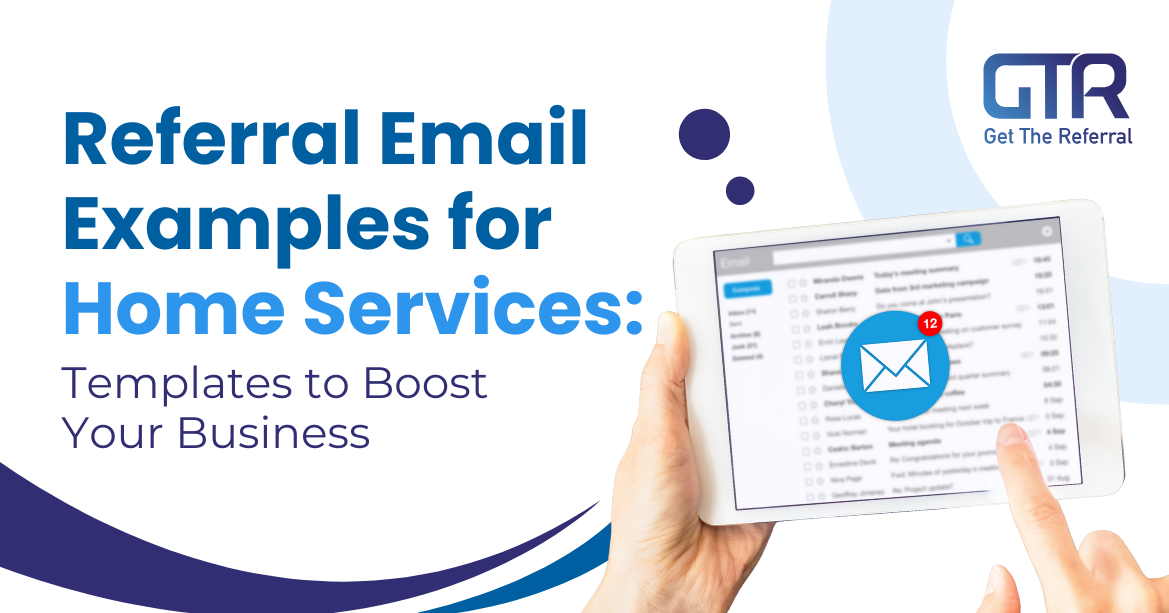
Referral emails are one of the most effective tools in a home services company’s marketing arsenal. Whether you're tapping into the networks of happy...
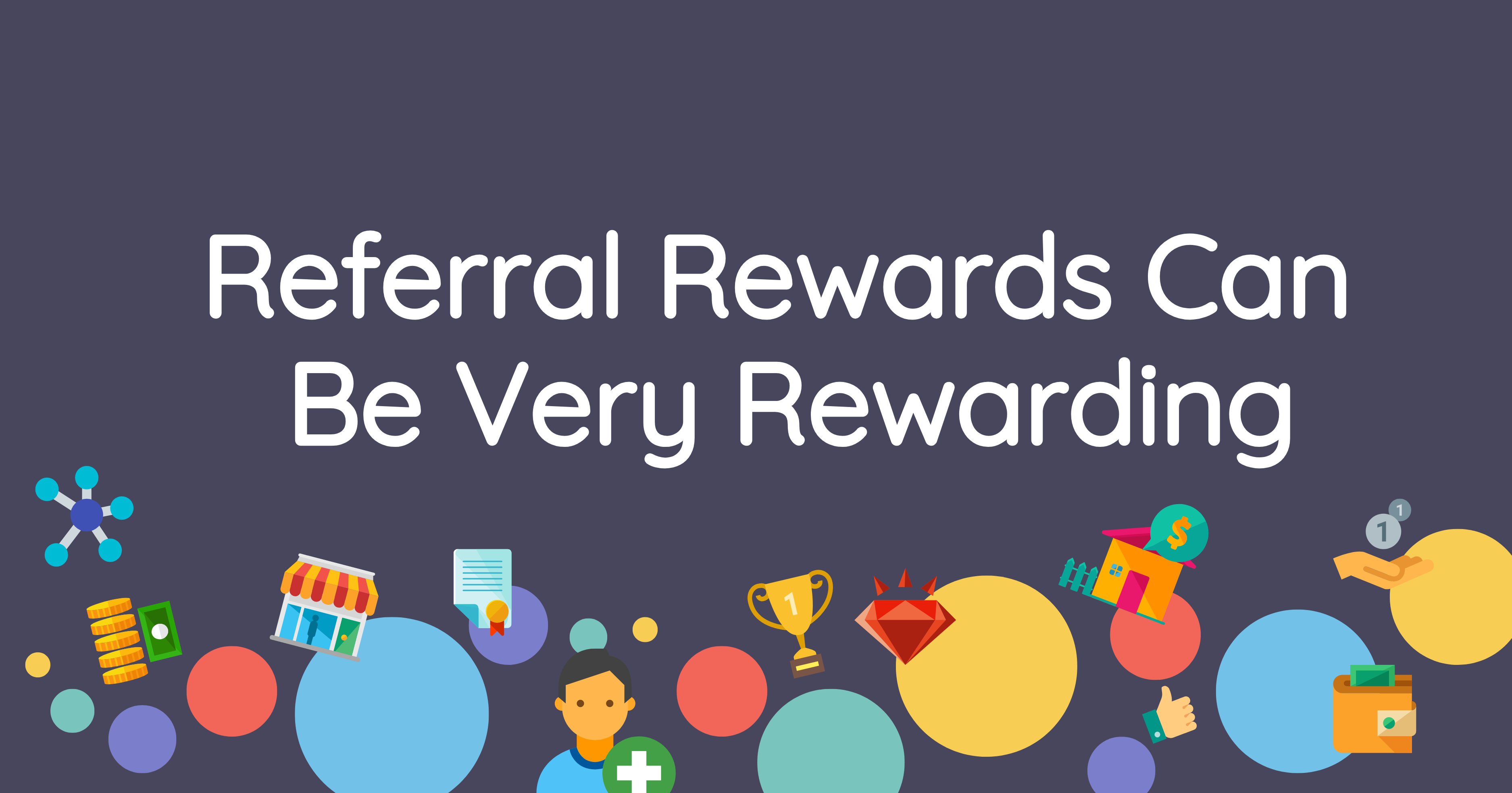
As a business, you may ask yourself why reward your customers for referrals. The simplest answer is because you stand to gain a hefty reward...
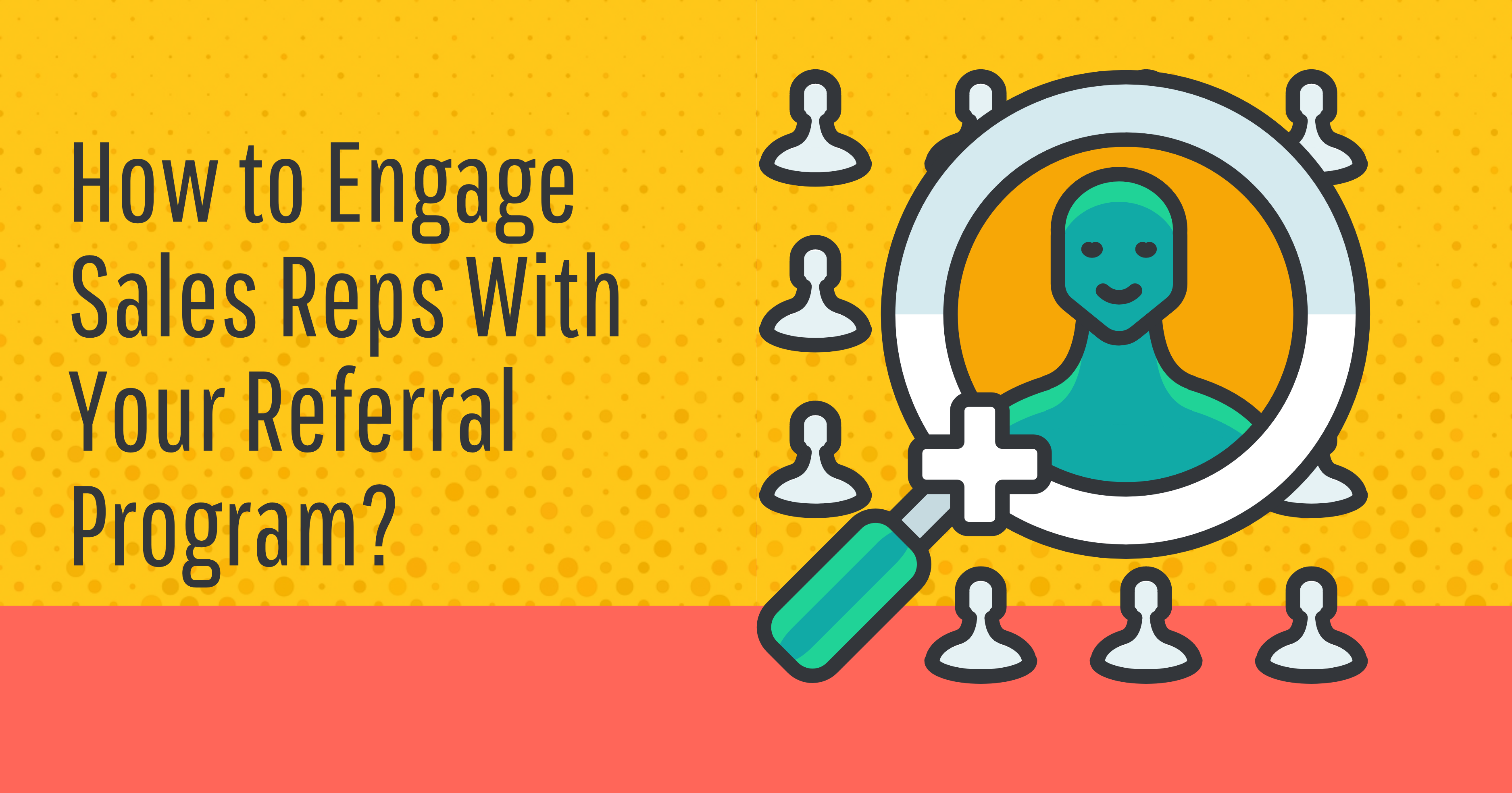
One challenge of starting a new referral program or any new marketing plan, is getting everyone on board, right? It is essential for your sales...
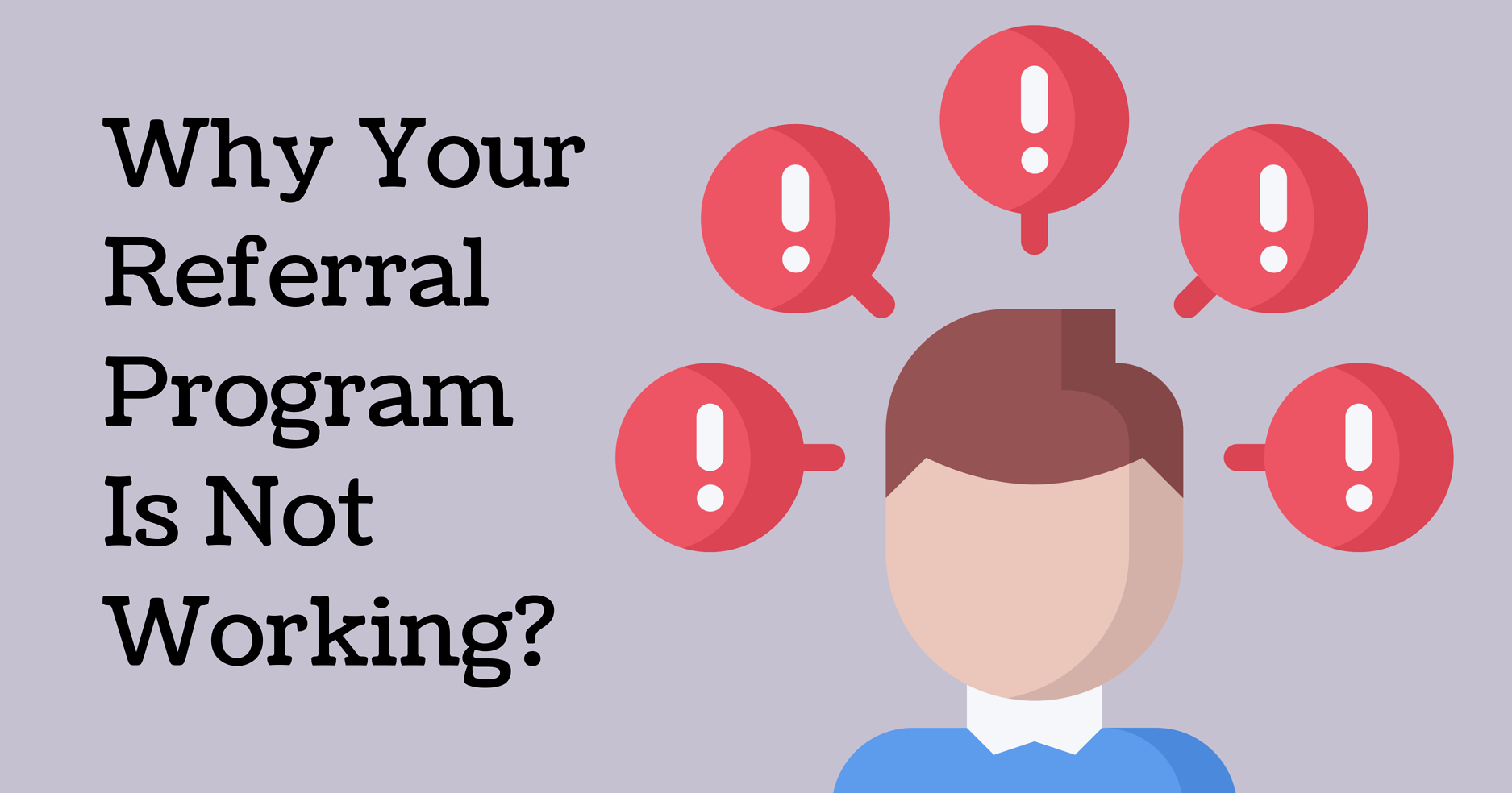
Good customers want to do business with your company. Your best customers buy your products or services frequently, in larger amounts, and cause...